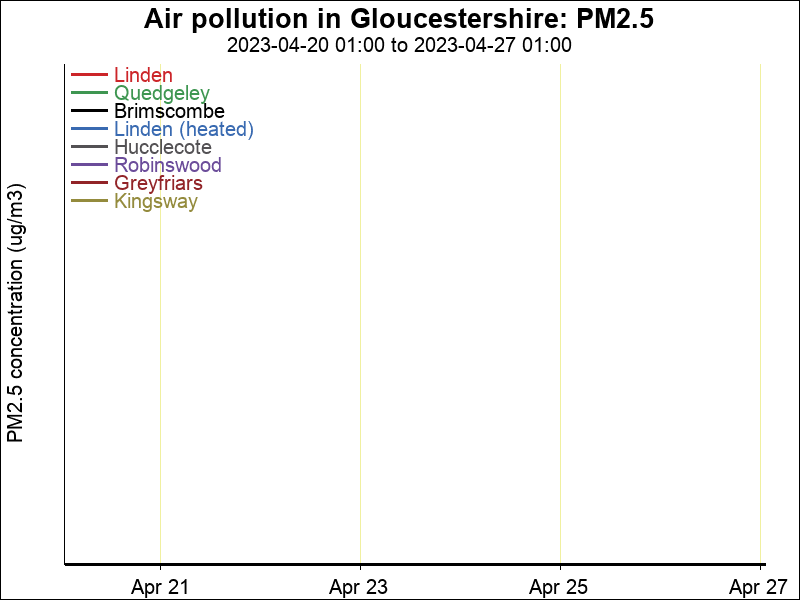As particulate pollution is observed around the globe in varying sizes and compositions and is the focus of many epidemiological studies. Particulate matter (PM) is generally classified into two main size categories: PM10 and PM2.5. PM10, also known as coarse particulate matter, consists of particles 10 micrometers (μm) and smaller, while PM2.5, also called fine particulate matter, consists of particles 2.5 μm and smaller. Particles 2.5 μm or smaller in size are especially notable as they can be inhaled into the lower respiratory system, and with enough exposure, absorbed into the bloodstream. Particulate pollution can occur directly or indirectly from a number of sources including, but not limited to: agriculture, traffic, construction, fires, chemical pollutants, power stations and now our new “incinerator” or “resource burner” as they are also know.
Our aim is to raise awareness of the pollution in our villages, towns, city and county along with the health effects and social costs of this pollution by creating a network or internet connected sensors for the Shire owned and operated by the people of the county. If you would like to help with the project by building your own sensor we are able and willing to provide you with help and guidance.
The sensors upload the data to the German luft daten (air data) community website that’s gone global. https://luftdaten.info/en/home-en/
You can view the current data of the county’s online sensors here https://maps.luftdaten.info/#11/51.8684/-2.2062
Current Gloucestershire Sensor Data via @plumeplotter
